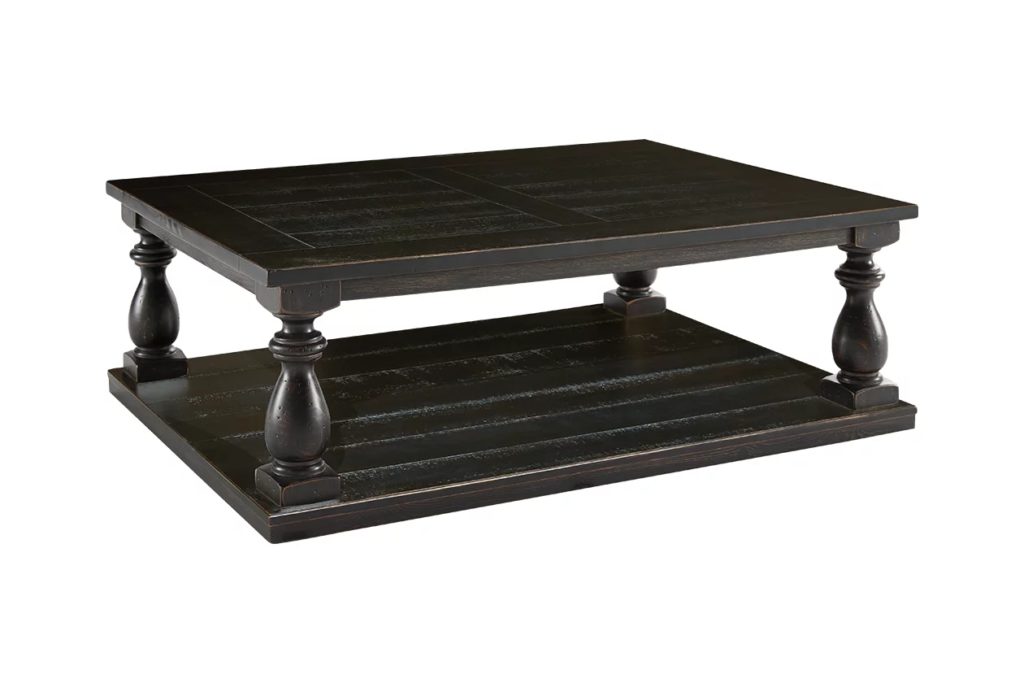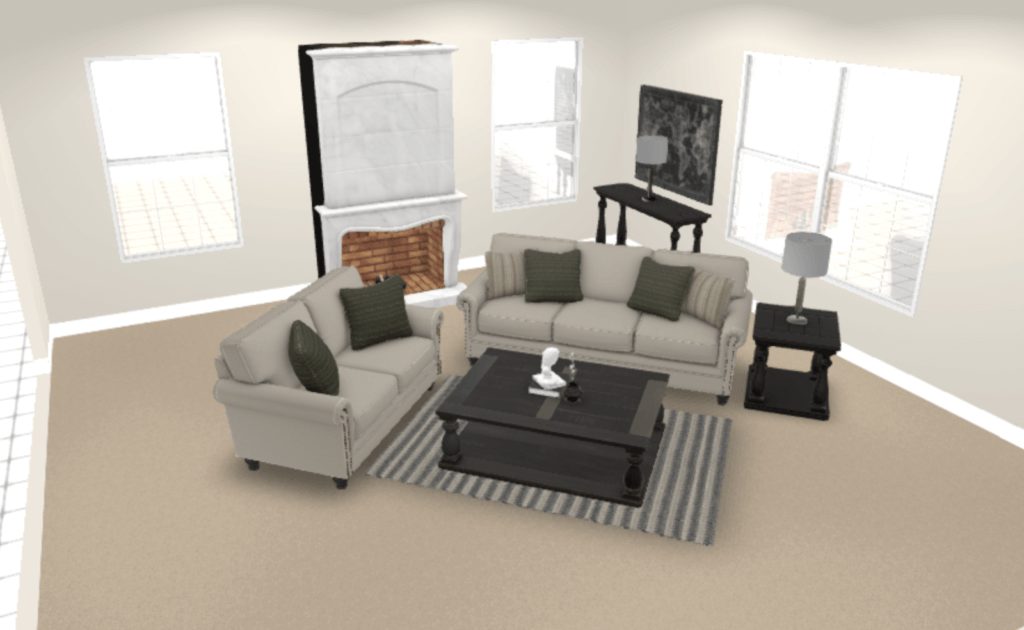Social media can drive sales and increase awareness of your furniture store. It’s a powerful tool, but only if used correctly. Before embarking on a social media marketing strategy, understand the opportunities and best practices. Here, you’ll find five actionable furniture store social media marketing tips to help you engage your followers and boost your social media presence.
1. Share Unique Content
What sets your furniture store apart from your competitors? Whether it’s the personalized shopping experience you offer every customer, rare furniture pieces you sell, or a wide selection, use that in your social media marketing efforts. Highlight what makes your store unique, and why customers should choose you over others.
To spotlight your customized shopping experience, share video testimonials or public reviews from your loyal customers. You might post photos of a beautifully made table, and talk about how you found the piece and added it to your selection.
If you sell through certain furniture manufacturers, consider using one of their 3D online design tools to show a piece of furniture in various settings. Manufacturers like La-Z-Boy and Ashley Furniture have these tools available for the public to use and the images they produce can be very compelling to help a customer see a piece in different environments.
Above: image captured from Ashley Furniture’s 3D Room Designer featuring the Mallacar Coffee Table
Another idea is to share a video walk-through of your furniture store to show social media users your inventory. Anyone can shop online, but customers who value the in-store experience will appreciate that kind of content.
2. Use High-Quality Visuals
Whether you decide to post photos or videos, make sure they’re high quality. Show your merchandise looking its best. Grainy, pixelated photos with poor lighting miss important details of construction or upholstery and capture color inaccurately. Ultimately, low quality photos fail to attract buyers.
Think of your products from a customer’s perspective. What do they want to see when they’re thinking of purchasing a bed, a desk, or a couch? Consider what angles best showcase a product. Find ways to convey the scale of a furniture piece against other common home items.
Sharing visuals of your furniture pieces is practical; people can see if an item will actually fit in a space. However, social media users want to see how a piece will fit in their home aesthetically as well. The #homedecor hashtag on Instagram has nearly 70 million posts of home decor photos. Social media users want photos that will inspire them. Take advantage of that demand by sharing beautiful, bright photos and videos of your pieces.
3. Post Useful Tips and Advice
Avoid limiting your furniture store social media marketing ideas to pretty visuals. You can also use your platform to advise your customers.
If you have a furniture piece that can be used for a variety of purposes, like a bookcase or side table, highlight its many uses in an informative post. You could share these ideas in a photo carousel on Instagram, in a series of photo tweets on Twitter, or in a photo collage on Facebook. Content like this is both inspiring and helpful to your audience.
Above: a sample post of a well conceived hashtag strategy and a great photo of details
You might also share how-to videos on assembling a popular item in your inventory or cleaning different types of furniture surfaces. Videos are a helpful format for these types of posts, but they also work as long-form text or checklists as well.
4. Engage with Your Audience
The unique content you create, the useful posts you share, and the beautiful visuals you post will only perform at their fullest potential when you engage with your audience. Ask meaningful questions. Like and reply to users who comment on your posts. Answer questions quickly and honestly.
If a customer posts a photo of a piece they bought at your furniture store, like it and share it with their permission. Sharing user-generated content builds trust in your audience and can influence others’ purchasing decisions.
Social media is a conversation. When you make an effort to engage with your followers, you make them feel good about your brand. That feeling can lead to loyal customers and sales in the future.
5. Tailor Content to Your Local Audience
Now that you have plenty of social media ideas for your furniture store, you should adjust your posts to speak to a local audience. One customer in one local community may have completely different needs, values, or hobbies than another customer. They may use different social media platforms, have a different income, or live in a different type of home. All of these factors will influence how they purchase furniture. Once you develop buyer personas within your target audience, you can refine your social media strategy and focus specific content toward those personas. Your salespeople tend to know their local customers well and they can often provide valuable insights into what those customers want.
Instead of creating, curating, and sharing content all day long, let an expert deploy that content for you. ThumbStopper works with retailers across industries to create a steady flow of distributed content. With ThumbStopper’s retail services, your furniture store can expect a growing customer base, increased social media followers, and higher store traffic. Get started with ThumbStopper and learn more about what we can do for your furniture store today.






